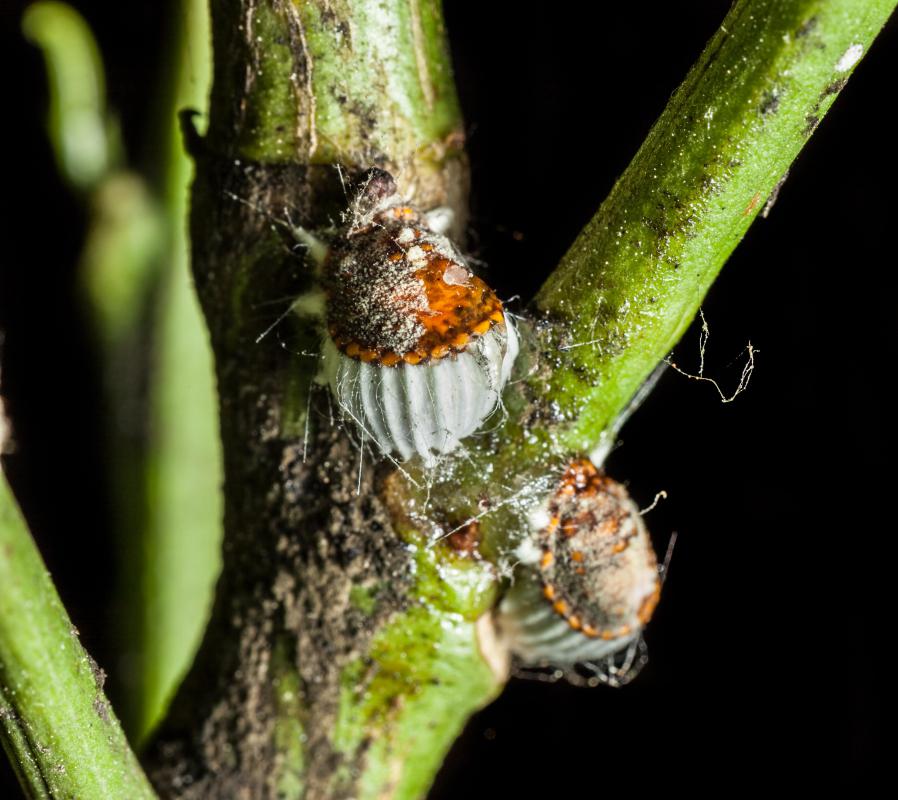At WiseGEEK, we're committed to delivering accurate, trustworthy information. Our expert-authored content is rigorously fact-checked and sourced from credible authorities. Discover how we uphold the highest standards in providing you with reliable knowledge.
What is Navajo Weaving?
Situated in the southwestern United States, the Navajo tribe is famous for its weaving techniques and products, such as rugs and blankets. Navajo weaving has evolved significantly over time. It first began with a focus on blankets, basic designs and simple, earth-toned colors. Modern day Navajo weaving incorporates complex designs and patterns and a wide variety of colors, and it has an emphasis on rug making.
According to Navajo mythology, Spider Man and Spider Woman taught Changing Woman, a tribal holy person, how to weave. Spider Man showed how to make the weaving tools and loom from Navajo shells and stones. Spider Woman taught Changing Woman the basic weaving techniques. One of the popular legends is that Navajo weaving is similar to an empty spider’s web, which typically has an additional strand of line indicating the direction of the spider’s exit. Many Navajo blankets and rugs have an additional line of thread in one of their corners to pay tribute and respect to Spider Woman.

Ancient Navajo weaving was influenced by the neighboring Pueblo Indian tribe. The Pueblos introduced the belt loom technique, which uses vertical threads held tightly between a pair of wooden rods. The top rod was attached to a tree, and the bottom rod was attached to the weaver’s waist. The “belt” attachment allowed the weaver to control tension in the loom, and it freed her hands to maneuver the different thread colors. Most ancient weaving products were made from wood, had only striped design patterns and were in natural colors, such as white, gray, brown and beige.

The upright, or vertical, loom was introduced in the mid-1600s. This allowed the Navajos to experiment with different colors and patterns. By the early 1800s, bright colors, such as the red, cochineal dye and the blue, indigo dye were commonly found in Navajo weaving. At that time, the basic striped designs evolved into rectangles, diamonds, triangles and squares. Blankets began to be used as status symbols, worn by chiefs and prominent tribesmen.
In the early 20th century, Navajo weaving changed again with the introduction of vegetable and chemical dyes. This allowed Navajo weavers to use hundreds of color shades, including softer pastel colors. Many colors associated with Southwestern décor, such as peach, pink and turquoise, began to be used in Navajo rugs and blankets. Most original Navajo weaving products were used for warmth and trade, but many modern pieces are used as decorations and are displayed in art galleries and collections.
AS FEATURED ON:
AS FEATURED ON:












Discussion Comments
The Navajo's are known for their weaving techniques and the colors they use can be quite stunning. I had the opportunity to take a Navajo rug weaving course to learn some of their techniques and the materials they use.
During the course, we completed a rug that I still use in my home today. It has been a few years and I don't remember all the specific techniques, but it wasn't too hard to learn when you had someone instructing you along the way.
When I was growing up we took a family vacation to Florida. While we were there we visited the Everglades where a tribe of Navajo Indians lived. I saw some of the women making different kinds of Indian jewelry and rugs.
I remember purchasing some of the rings as small souvenirs and still remember the bright colors that were used. They made and sold these items as a way to support themselves. These techniques have been passed down from several generations and the products are very well made.
Post your comments